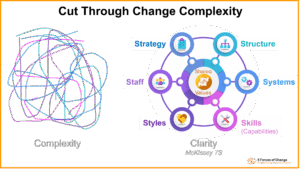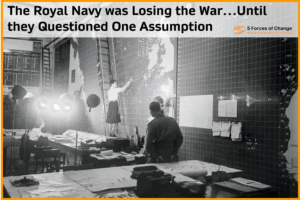
When one major utilities company, with huge production sites, decided to introduce tricycles to get around site they knew there would be resistance to the change. For a start, people had been moving around site using dedicated company cars for a number of years. How would they respond to having to peddle for themselves – seen a demeaning to some? What would stop them from continuing to used company vehicles as some were still required on site? Would some people walk instead making journeys across the enormous site much slower? Would managers join in, in a strongly hierarchical culture?
One important tactic they employed was largely symbolic. Before the tricycles were handed out to staff, the president of the company spend half a day cycling around the site greeting people. This unusual sight in such an hierarchical organization was as important to getting people on board as any session spent explaining the benefits of cycling around site.
The ceremonial presentation of tricycle keys to people by senior managers during a celebration to launch the bikes was another powerful symbol of the change that was about to take place.
Another similar example took place at a global pharmaceutical company. When a new CEO arrived, instead of heading up to the Executive Suite on the 6th Floor, he marked a change in leadership style by having his desk positioned on the ground floor in the center of the open planned office, surrounded by the people who worked for him.
So, if you want people to leave the past behind them and step into a new world, remember that human beings respond well to symbols and ceremony – after all, we’ve been doing it for thousands of years!






